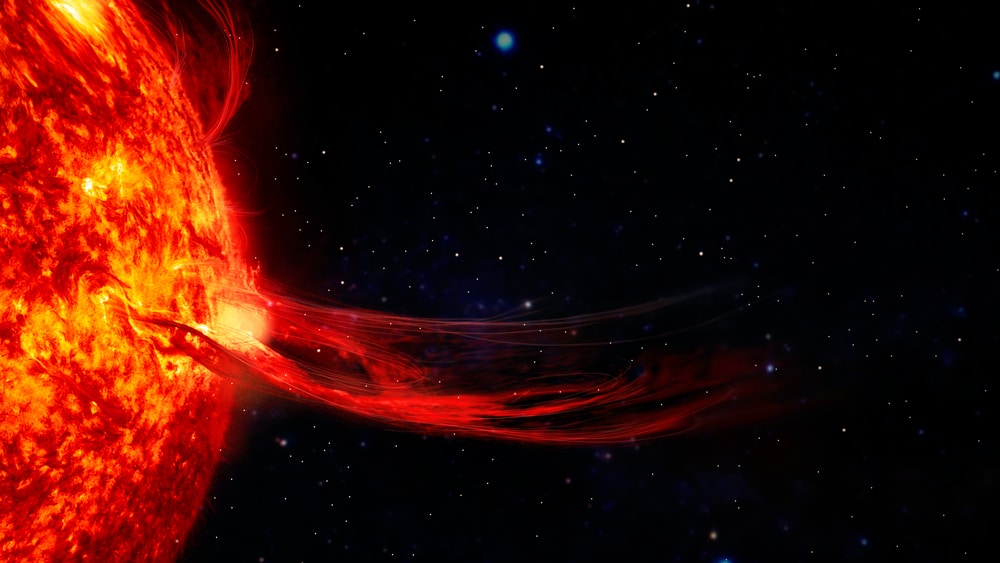This morning, a massive solar flare spewing into space at light speed reminds us that the sun is at—or is very close to—the peak of its 11-year magnetic activity cycle.
After a month of relatively low activity, at 0130 UTC on March 23, the sun produced an “X1.1 class” solar flare—followed by almost a dozen smaller “M-class” solar flares and a bright coronal mass ejection.
It could mean bright aurora—and an extra special sight during April 8’s total solar eclipse, an event already predicted to show onlookers a huge coronal streamer.
Since it traveled to Earth at the speed of light, the solar flare caused a temporary radio blackout over the western Pacific Ocean. According to SpaceWeather.com, the CME triggered by the solar flare is likely to cause G1-class (minor) to G3-class (strong) geomagnetic storms on Earth late on Monday, March 25, and early on Tuesday, March 26.
G1 would mean aurora around the Arctic Circle, whereas G3 would mean aurora visible from the northern U.S. states on the border with Canada.
However, what would really excite solar physicists—and eclipse chasers—is if a CME went off during the 100 minutes that the totally eclipsed sun will be visible across North America on April 8.
A solar flare is an eruption of electromagnetic radiation in the sun’s atmosphere caused by twisted magnetic fields above a sunspot. Sunspots are cooler, darker regions of the sun’s surface that form when chunks of its magnetic field rise from deep within our star.










